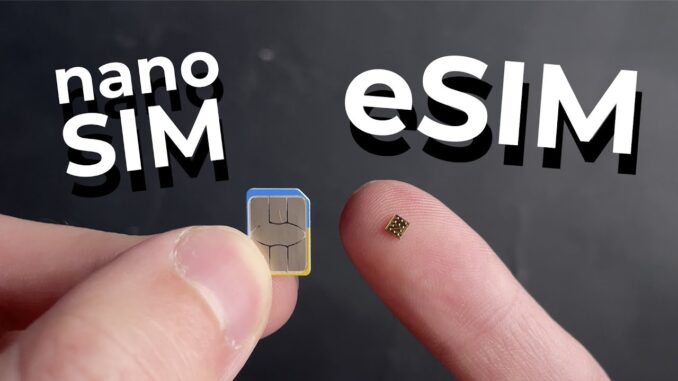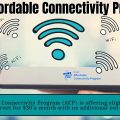
The embedded SIM (eSIM) is a new type of SIM card that is built into a device, rather than being a separate, removable card. eSIMs are becoming increasingly popular, as they offer a number of advantages over traditional SIM cards.
One of the biggest advantages of eSIMs is that they allow users to easily switch between carriers.
With a traditional SIM card, you would need to physically remove the SIM card from your device and insert a new one from the carrier you want to switch to. With an eSIM, you can simply change the carrier settings in your device’s settings menu.
Another advantage of eSIMs is that they can be used with multiple devices.
For example, you could use the same eSIM in your phone, tablet, and smartwatch. This is not possible with a traditional SIM card, as each device requires its own SIM card.
eSIMs are also more secure than traditional SIM cards. Because they are built into the device, they are less likely to be lost or stolen.
How eSIMs Work
eSIMs work by using a technology called near-field communication (NFC). NFC is a short-range wireless technology that allows devices to communicate with each other by touching or being close to each other.
When you activate an eSIM, the carrier will send you a small file that contains all of the information your device needs to connect to the network. This file is called an activation profile.
To activate your eSIM, you will need to open the settings menu on your device and select the cellular or mobile network option.
Then, you will need to follow the instructions on the screen to scan the NFC tag that contains the activation profile.
Once the activation profile has been installed, your device will be able to connect to the network.
The Future of eSIMs
eSIMs are still a relatively new technology, but they are quickly gaining popularity. As more and more devices start to support eSIMs, we can expect to see even more advantages for users.
For example, eSIMs could be used to provide mobile connectivity to devices that do not traditionally have it, such as cars and wearables.
They could also be used to create new types of mobile services, such as pay-as-you-go plans or roaming plans that automatically switch to the best network in the area.
The future of eSIMs is very bright, and it is likely that they will become the standard way to connect devices to mobile networks in the years to come.
Here are some additional benefits of eSIMs:
- They are more durable than traditional SIM cards, as they are not as easily damaged.
- They can be programmed remotely, which means that you can change your carrier or add new features without having to physically touch your device.
- They are more environmentally friendly, as they do not require the production of separate SIM cards.
If you are looking for a more convenient and secure way to connect your devices to mobile networks, then eSIMs are a great option. They are the future of mobile connectivity, and they are already starting to make a big impact.





